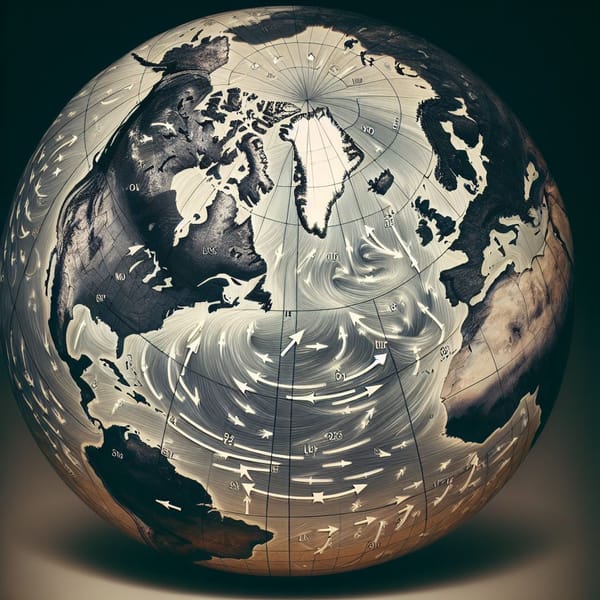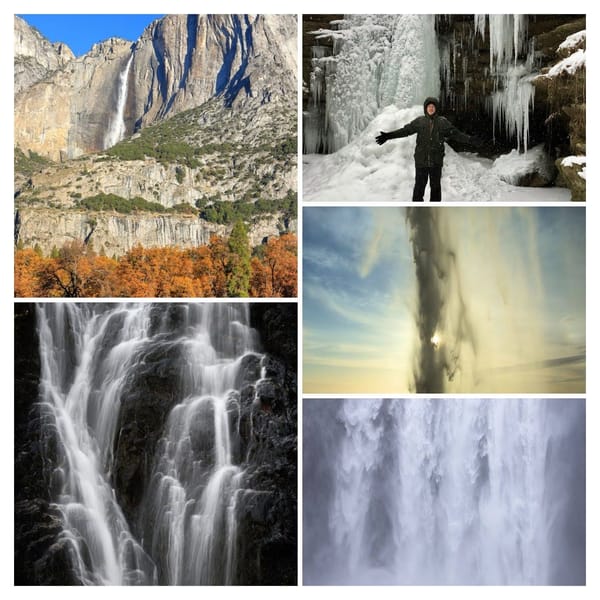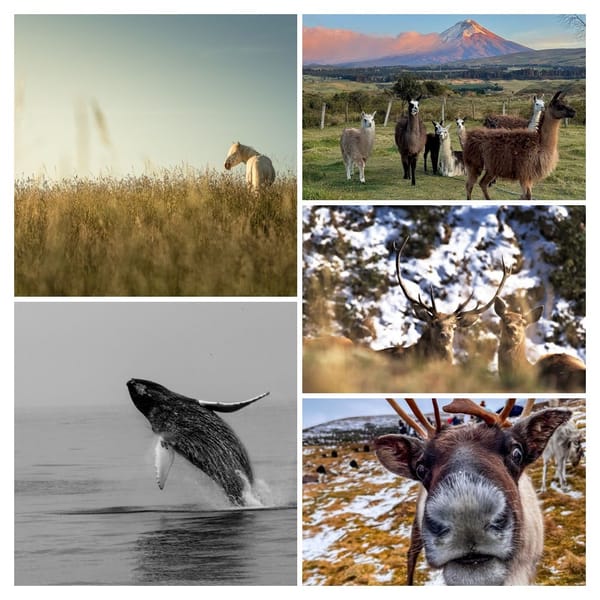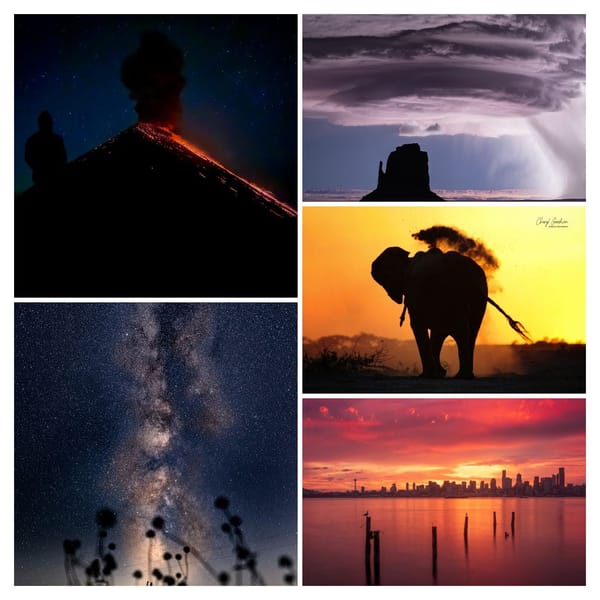How to Use Patterns in Photography for Eye-catching Images
We live in a world that is a mass of interwoven patterns, both large and small. How to Use Patterns in Photography.

Have you ever seen a photo and been instantly drawn to it? Did you ever wonder why that is?
When you see a photo, your brain immediately processes the visual information by analysing the image’s colours, shapes, and composition. If the picture is of something that you find interesting or visually appealing, your brain will automatically respond positively to it.
So next time you see a photo that catches your eye, look closely at it. See if you can figure out what makes the image appealing to you. We live in a world that is a mass of interwoven patterns, both large and small. (Indeed tiny if looking at macro photography). Photographers just have to find them; it is one of the most exciting adventures and the most extraordinary way of learning to see images.
What are patterns, and why should you use them in photography
Patterns are a repeating arrangement of lines, shapes, colours, or other elements. They can be found in nature or created by manufactured objects. When used in photography, patterns can create interest, add texture, and convey a sense of balance. Although often described as being visually pleasing, patterns can also be used to create a feeling of tension or unease. When composing a photograph, look for opportunities to incorporate patterns into the frame. Consider the interplay of positive and negative space and how the pattern can lead the eye through the image. With careful planning, patterns can create stunning and impactful photographs.
The different types of patterns you can use in your photos
Patterns can be created by repeating shapes, lines, colours, or textures. They can be organic, like the spirals of a seashell, or man-made, like the lines of a picket fence. You can use patterns to lead the viewer’s eye through the photo or create a sense of balance and harmony.
Repetitive patterns, such as lines or shapes, can create a sense of movement, while organic photographic patterns can add a sense of texture and depth. In addition, contrasts can create visual interest, while similar patterns can create a feeling of harmony.
Understanding how to use patterns in your photography can add an extra layer of interest to your images.
How to find patterns in the real world
Finding patterns in the real world can sometimes be a challenge. Here are a few tips to help you get started:
First, look for repeating shapes and lines. This could include anything from the branches of a tree to the ripples in a body of water. Second, pay attention to light and shadow. How light falls on a scene can create exciting contrasts between light and dark. Finally, don’t be afraid to get up close. Sometimes the best patterns are hiding in plain sight. You can reveal an entirely new world of designs by zooming in on details.
In nature, look for repetitions in the shapes of leaves, tree branches, or rocks. Or pay attention to how light falls on a rippling body of water. By framing your shot carefully, you can create an abstract composition that highlights the beauty of natural forms.
Patterns are a great way to add visual interest to your photos. You can create stunning and impactful images by understanding how to use them. So get out there and start looking. You never know what you might find.
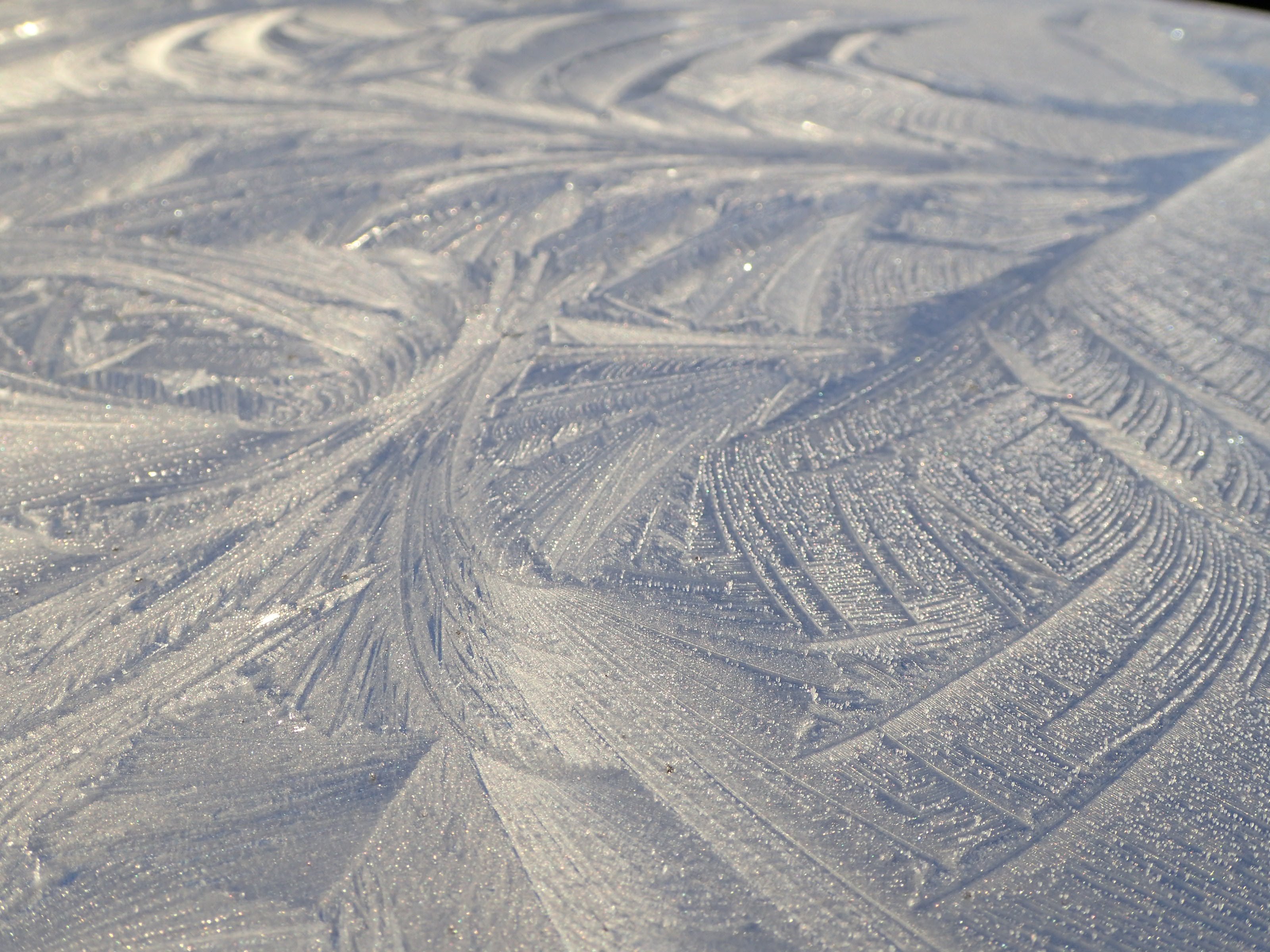
How to create patterns in photography
They can be created with anything from man-made objects to natural phenomena. The trick is to find a subject with repeating elements and frame it in a way that makes those elements stand out. One of the simplest ways is to find an object with solid lines and shapes and then use a telephoto lens to isolate a small section. This will make the lines and shapes more pronounced and create a stronger sense of pattern.
Another way to isolate patterns is to use a shallow depth of field. This blurs the background element, making the repeating patterns in the foreground stand out more clearly. By experimenting with different framing techniques, you can create unique and eye-catching designs in your photography.
FAQs
Q: What is a pattern in photography?
A: A pattern in photography is an element that is repeated throughout the frame. This could be a line, shape, colour, or texture. Patterns can be found in both the natural and man-made world.
Q: How do patterns add interest to photos?
A: Patterns add interest to photos by creating a sense of order and movement. They can also lead the viewer’s eye through the frame. In addition, contrasting patterns can create visual interest, while similar patterns can create a sense of harmony.
Q: Where can I find patterns in the real world?
A: You can find patterns almost anywhere if you know where to look. Look for repeating shapes and lines in the natural world, or pay attention to how light falls on a scene. You can also find exciting patterns by getting close to your subject matter.


